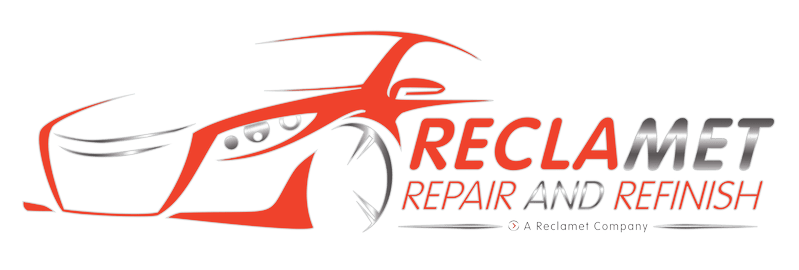In car repairs, “no-fault” typically refers to a system in which the insurance company covers the cost of repairing a vehicle regardless of who was at fault in the accident. This is often associated with no-fault insurance systems.
In a traditional fault-based insurance system, the at-fault party’s insurance covers the damages and repair costs of the other party involved in the accident. In a no-fault system, each party’s insurance covers their own expenses, regardless of who caused the accident.
A no-fault insurance system’s primary goal is to expedite the claims process and ensure that individuals involved in accidents receive prompt compensation for their damages. This system reduces the need for lengthy investigations to determine fault, allowing drivers to get their vehicles repaired quickly and without waiting for fault determinations.
No-Fault Car Repairs using OEM Parts
The use of “OEM parts” and “no-fault” can be interconnected in relation to insurance claims and policies.
OEM stands for Original Equipment Manufacturer. OEM parts are components made by the same manufacturer that produced the original parts used when the vehicle was assembled. These parts are designed to meet the vehicle’s exact specifications, and they are often perceived as higher quality than aftermarket or generic parts.
In a no-fault insurance system, as mentioned earlier, each party’s insurance covers their own expenses regardless of who is at fault in the accident. Regarding repairs, policyholders might have the option to choose OEM parts for their vehicle, especially if their insurance policy allows for it.
However, the use of OEM parts in no-fault insurance claims can depend on the specific terms and conditions of the insurance policy. Some insurance policies may specify OEM parts, while others might allow aftermarket or generic parts to help control repair costs.
If you’re involved in a no-fault insurance claim and prefer OEM parts, it’s important to review your insurance policy or discuss it with your insurance provider. They can provide information on whether OEM parts are covered by your policy and under what circumstances they can be used in the repair process. Remember that there might be cost considerations, and some policies require policyholders to cover the price difference between OEM and aftermarket parts if they choose the former.
No-Fault Repairs and Used OEM Parts
In a no-fault insurance system, where each party’s insurance covers their own expenses regardless of fault, using used OEM (Original Equipment Manufacturer) parts in car repairs is possible. However, the acceptance and use of used OEM parts may depend on various factors, including the insurance policy terms, local regulations, and the policyholder’s preferences.
Here are some considerations:
Insurance Policy Terms: Review your insurance policy to understand whether it allows using used OEM parts in repairs. Insurance policies can vary, and some may have specific provisions regarding the type of replacement parts that can be used.
Cost Considerations: Used OEM parts are often less expensive than new OEM parts, which can impact the overall cost of the repair. Some insurance policies may specify a preference for using cost-effective options, including used parts, to control repair costs.
Availability of Parts: The availability of used OEM parts for a specific make and model of a vehicle can vary. In some cases, especially for older vehicles, finding used OEM parts might be more challenging.
If you like the idea of using OEM parts in your car repairs, it’s crucial to communicate this with your insurance provider. They can guide you through the options available and any potential implications for the cost or quality of the repair. At Reclamet Repair and Refinish, we are ideally placed to perform the work and offer insights into the availability and suitability of used OEM parts for your specific vehicle.


